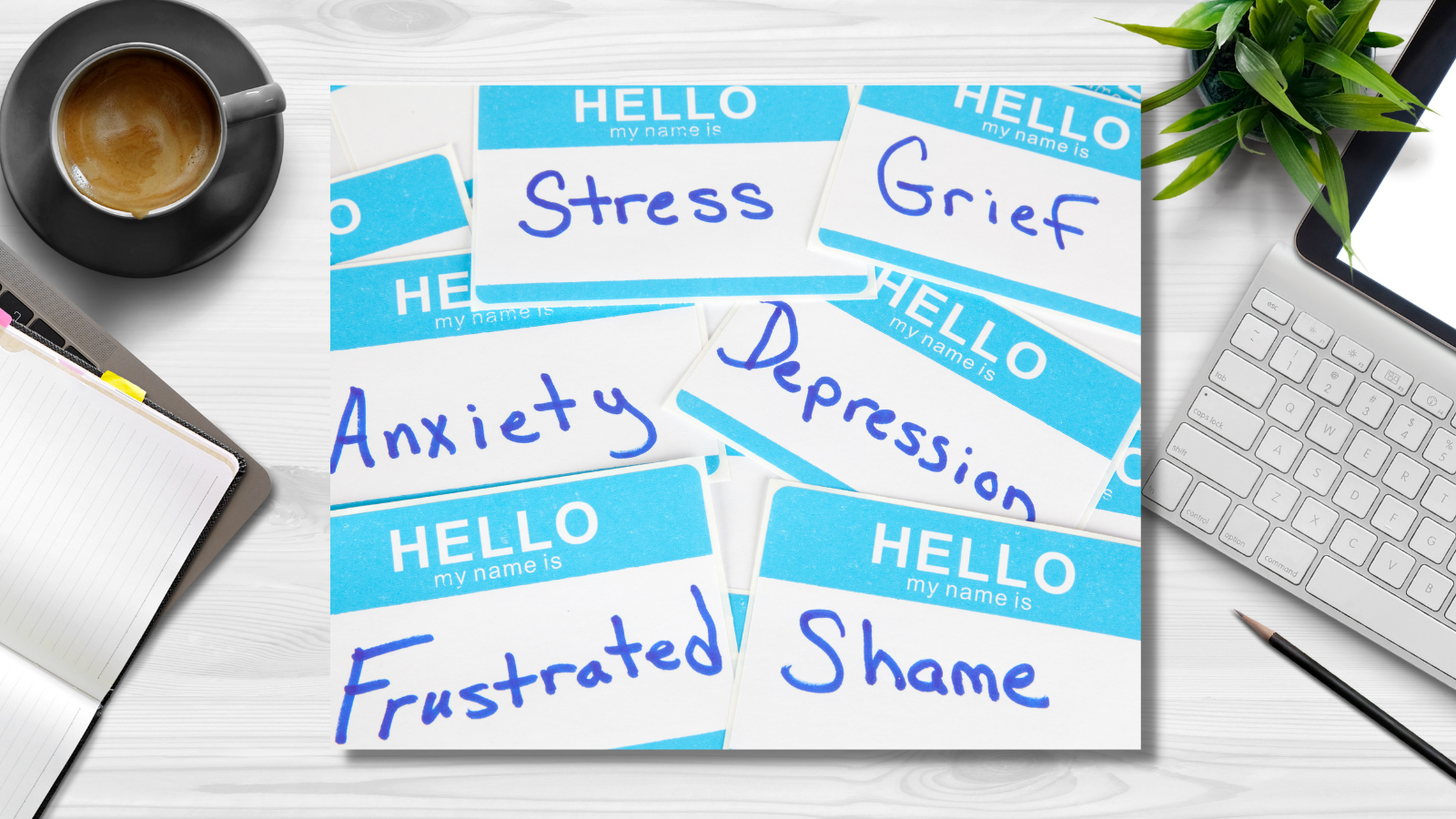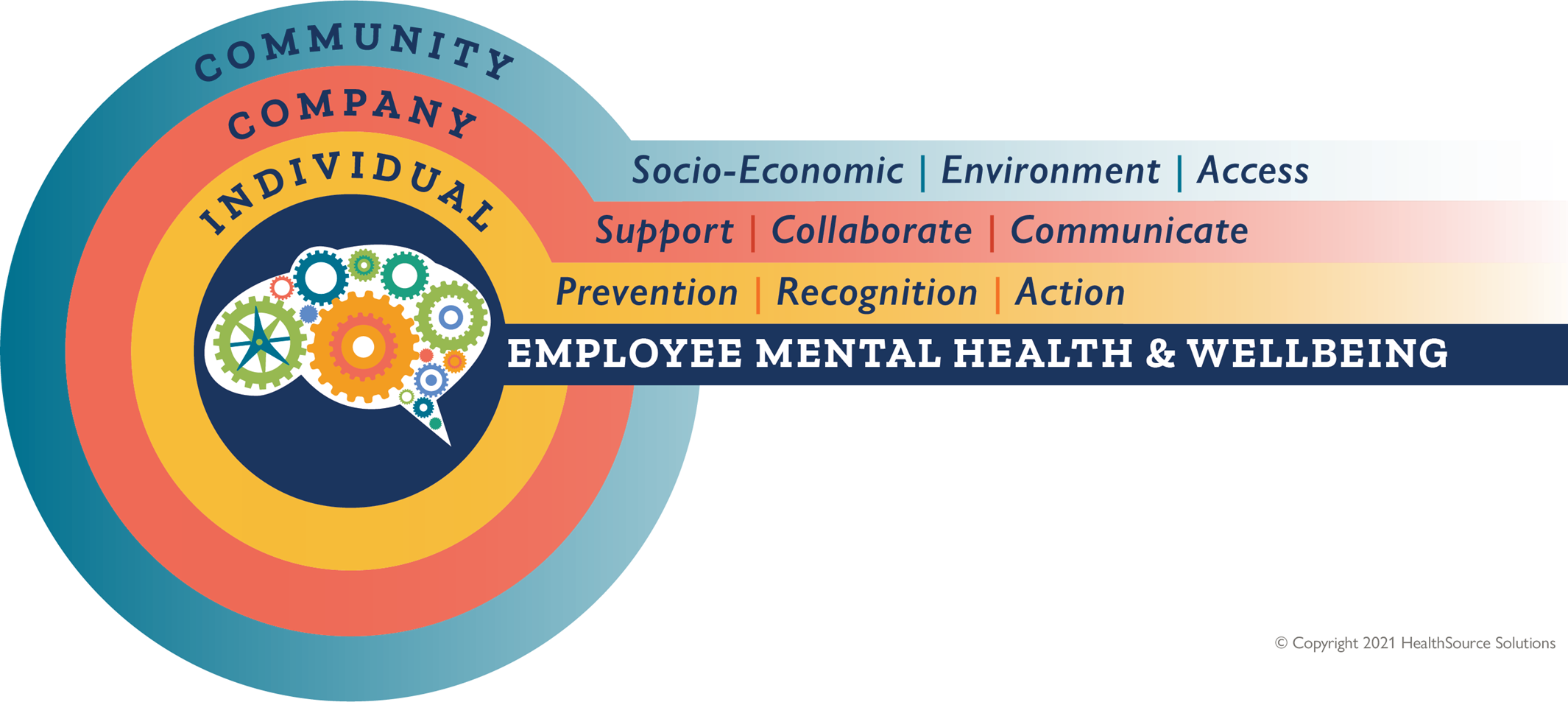The Employer’s Role in Addressing the Mental Health Crisis


The Impact of Mental Illness
Mental health and wellbeing is not the new buzzword or the next hot topic — it’s a national crisis. Prior to the COVID-19 pandemic, stress, anxiety, depression, and other mental health challenges were already on the rise. According to the National Institute of Mental Health, 1 in 5 adults experience a mental illness each year, yet only 45% of them are receiving treatment. Untreated mental health conditions can have a real impact on business. According to the American Heart Association, untreated depression costs $9,450 per employee per year in lost productivity and absenteeism, and mental illness is the number one cause of worker disability in the United States.
Breaking Barriers
So what’s in the way? Stigma. It is the number one issue impacting treatment. According to NAMI (National Alliance on Mental Illness), 8 out of 10 workers with a mental health condition say shame and stigma prevent them from seeking mental health care. So, it’s time for employers to destigmatize the topic, encourage intervention, and create a culture of inclusion and acceptance.
Our Approach
HealthSource Solutions developed a Mental Wellbeing Model to help lay the foundation for an organizational mental health and wellbeing strategy. There are many components and influencers that need to be addressed to develop a culture that enables employees to feel safe, valued, and supported. It is beyond just offering tools and resources, it is about addressing mental wellbeing from a broader perspective which encompasses individual elements, company influencers, and community factors.

let us help
Need guidance in developing and executing a comprehensive Mental Wellbeing Strategy?



